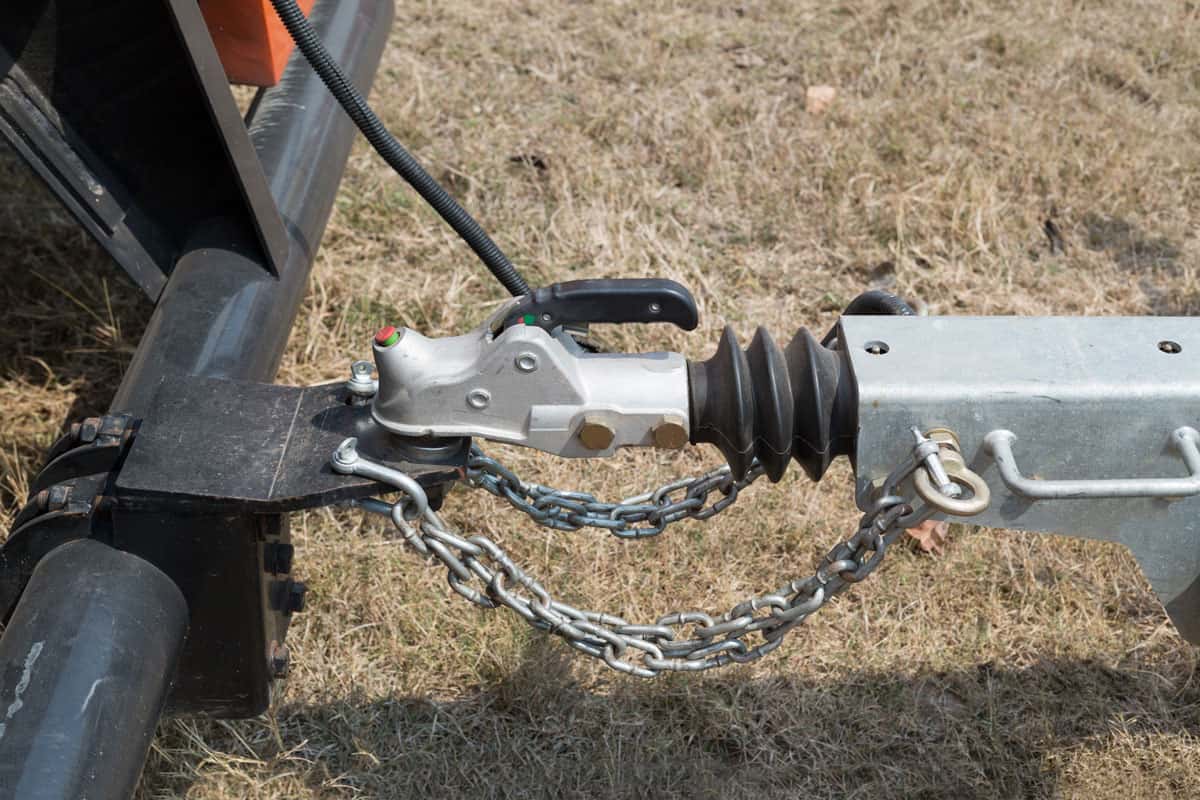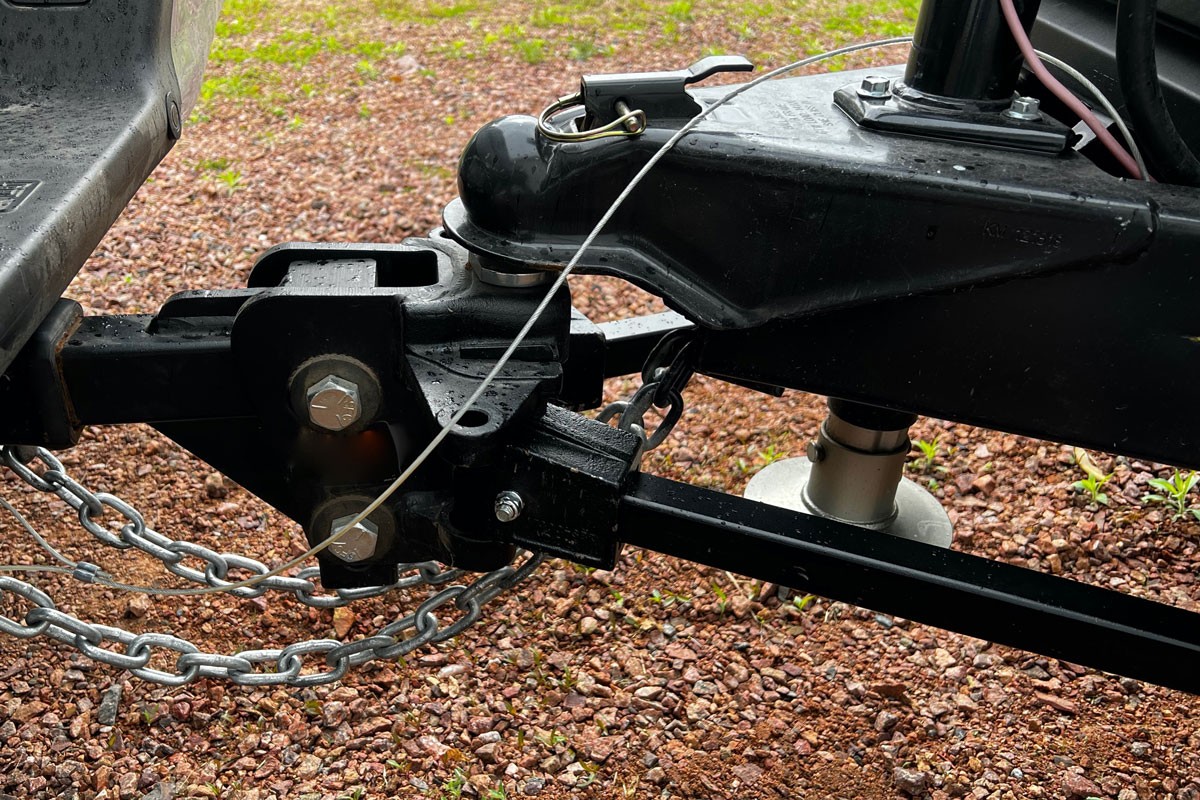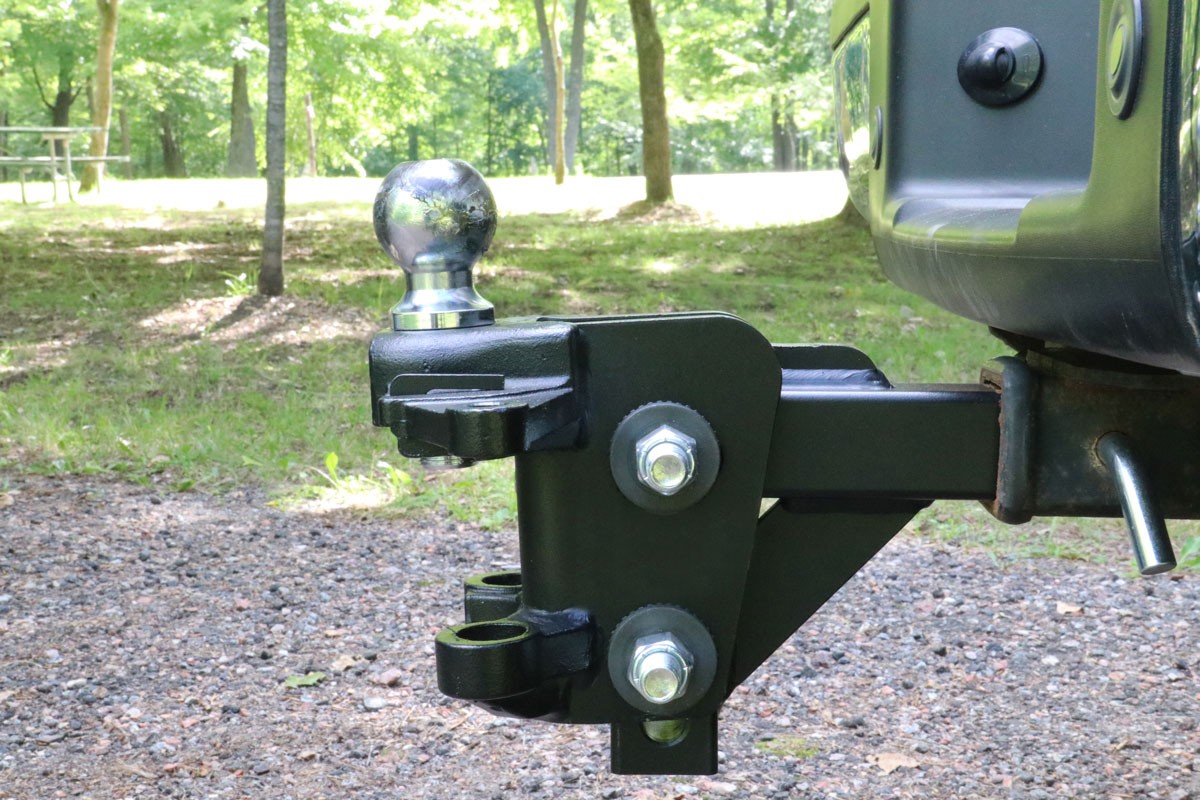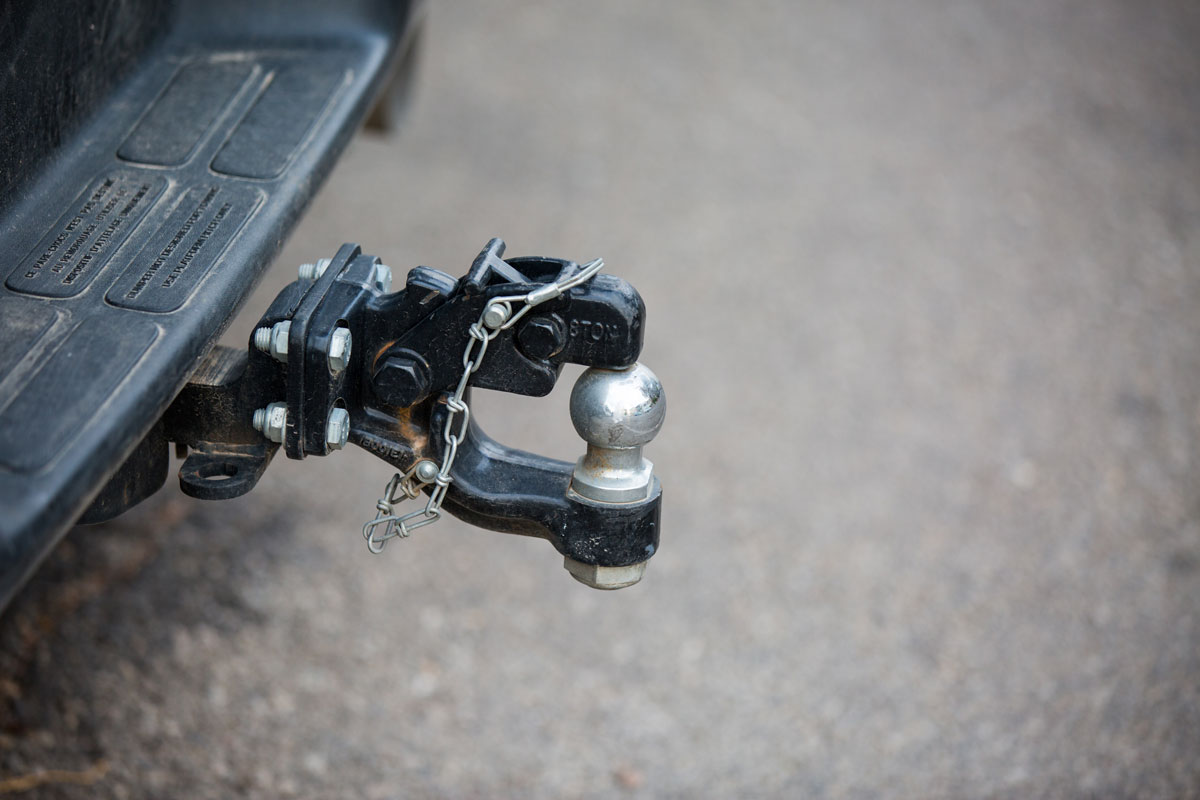Are you experiencing issues with your Andersen Weight Distribution Hitch? They're supposed to stabilize your vehicle while towing, so this shouldn't happen. But, customers usually report problems that occur with it. That's why we compiled a list for you, so don't search anymore and keep scrolling.
There are multiple issues that users mostly experience when using an Andersen Weight Distribution Hitch. To help you out, here are several of them:
- Loose weight distribution hitch connections.
- Hitch operates noisily.
- Mismatched A-frame and trailer frame hitch pinholes.
- Unstable and bent hitch.
- Its hitch is twisting.
As you can see, multiple issues can occur to an Andersen Weight Distribution Hitch. However, this doesn't mean you can't resolve them. So in this light, we wrote down the solution to each of the listed problems in this hitch. Be sure to read the credible information we got for you.
Andersen Weight Distribution Hitch Problems And How To Solve Them
Are you worried about your Andersen Weight Distribution Hitch? As this device allows you to distribute the weight between your vehicles, so it stops swaying and becomes stable, you can highly benefit from them. However, if you're wary about the issues you may experience, we got you.
Here are the common problems users report about this weight distribution hitch:
Loose Weight Distribution Hitch Connections

Over time, the connections in an Andersen Weight Distribution Hitch get loose, just like with other manufactured brands.
This issue is typical, but you shouldn't shrug it off. Usually, this occurs because of excessively lubricating the hitch. Even though lubrication is a part of its maintenance to avoid corrosion or rusting, it can also result in getting the connections loose.
The only solution is to check the nuts in your hitch before you start towing. Tighten them enough for a secure connection. To do this, torque your hitch's spring arm socket bolts to the right amount for your model by checking the manual and using a torque wrench.
However, if it's already too loose that tightening them cannot suffice, the best solution is to bring them to a professional.
That is why you should avoid loosening your connections by not using a low-quality lubricant or greasing them too frequently.
Additionally, take it off at least once a month to inspect its connections and ensure that it doesn't hold a vehicle too big for its suggested capacity if you're using them.
Click here to see this torque wrench on Amazon.
Hitch Operates Noisily

Weight distribution hitches have an anti-sway ball mount which disables noises from the ball housing when you're towing.
However, if your ball mount drops to more than three inches, it causes your plate metal to contact your chain tension cone, which produces noise. Metal-to-metal friction because of damage to your hitch's friction line may also cause this issue.
To resolve this problem, reinstall your ball mount by doing these:
- Place your hitch ball into the head assembly.
- Secure the hitch ball using a washer and nut.
- Tighten your ball mount by getting the shank and head sideways.
Tap here to see this trailer hitch ball washer and nut on Amazon.
Mismatched A-Frame And Trailer Frame Hitch Pinholes
The A-frame should be the same size as your trailer frames' pinholes. If not, you may have difficulty aligning them and affecting your hitch's sway performance.
For instance, if your A-frame is 1/4" and your trailer frames' hitch pinholes are 1/2", alignment problems between the two will occur.
To fix this issue, do these:
- Check the size of your hitch pin and pinholes.
- For holes that are larger than the pin, use a minimizing bolt.
- For holes smaller than the pin, use maximizing hitch pins.
Check out this trailer hitch pin and clip on Amazon.
Unstable And Bent Hitch
Improper installation typically causes an unstable or bent Andersen Weight Distribution Hitch. If your hitch isn't connected securely, it will undoubtedly sway.
Meanwhile, if your trailer is higher than your hitch, it will most likely bend.
To fix these kinds of issues, check if you correctly installed your hitch by doing these:
- Unload your tow vehicle and unlatch its hitch ball from the coupler.
- Measure your tow vehicle. Do this without the trailer attached and using a tape measure. This will help you tell how the tow vehicle should sit. Measure how much distance your front and rear tires have from the ground.
- Measure the distance between your coupler's top to the ground. Then, use this measurement to see if your hitch ball is in its correct position. Check if you have inserted the ball about 1/8th higher than your coupler.
- After loading and attaching your tow vehicle to the trailer, take measurements between its front and rear tires from the ground again. Your front wheel must be about the same height as earlier. Meanwhile, your back wheel should only have 1"-1/2" of your initial measurement.
If your hitch is still unstable or bent after checking for these, hire a professional to help you, as the problem may be complicated.
Click here to see this tape measure on Amazon.
Its Hitch Is Twisting
After frequent use of an Andersen Weight Distribution hitch, it can twist and shift from its proper position. Usually, this only happens after prolonged use. Unfortunately, you cannot fix this. The only thing you can do is replace it.
Do You Grease The Ball On Andersen Weight Distribution Hitch?
![car tow hitch close greaseless no need to grease, Common Problems With Andersen Weight Distribution Hitch [& Their Solutions]](https://vehq.com/wp-content/uploads/2023/01/Common-Problems-With-Andersen-Weight-Distribution-Hitch-Their-Solutions.png)
Most Andersen Weight Distribution Hitches are greaseless, meaning lubricating their hitch ball is unnecessary. Their hitch ball turns without creating friction to the coupler, so there's not much need for lubrication.
If you prefer to grease your hitch ball, it should be fine. Lubricating them once in a while to avoid rusting should be fine. However, note that you should only do this occasionally to prevent corroding because of the grease.
Are Red Shavings Around Andersen Weight Distribution Hitch Normal?
A few red shavings on your weight distribution hitch is fine. It's often a result of the ball contacting the liner, making these red shavings appear on your first few uses. However, if you notice that the red shavings are too much, contact Andersen to get them repaired or replaced.
Does Andersen Weight Distribution Hitch Have A Warranty?
Yes, Andersen Weight Distribution Hitch offers a warranty for up to one year. Additionally, they offer a lifetime warranty for their friction cone. Their warranty covers any manufacturing defects in the hitch except rust, corrosion, or wear and tear from regular use.
Also, Andersen will provide repair and replacement parts for the weight distribution hitch as long as manufacturing defects cause it.
However, you cannot claim this warranty if you bought your product from an unauthorized seller.
How Long Does Andersen Weight Distribution Hitch Last?

Generally, weight distribution hitches do not have a specific lifespan. If you maintain and properly install them, they can last a long time.
But, if you want to know when you should replace them, you should check for any sign of damage instead. Examples include any worn, rusting, or corroded part of the hitch.
Before buying a new hitch, you can check if it is still a warranty or if you can replace the damaged part individually.
In Summary

There are many Andersen Weight Distribution Hitch problems. But, most are usually only effects of using the product over time. Usually, fixing them is possible, so they shouldn't be much of an issue. Common problems that users report include loose weight distribution hitch connections, which you can resolve by tightening the hitch's spring arm socket bolts to the right amount.
Another issue users face is that A-frame and trailer frame pinholes have different sizes. When this happens, use a minimizing bolt or maximizing hitch pins accordingly. Furthermore, users also report an unstable or bent hitch which you can solve with proper installation. Lastly, for a twisting hitch, there's no other solution besides replacing it.
Did you learn new information from this post? Then, you might also like to read these articles about:
My Weight Distribution Hitch Is Making A Popping Noise – Why? What To Do?
What Are The Torque Specs For A Weight Distribution Hitch?
Can You Use Airbags With A Weight Distribution Hitch? Should You?




